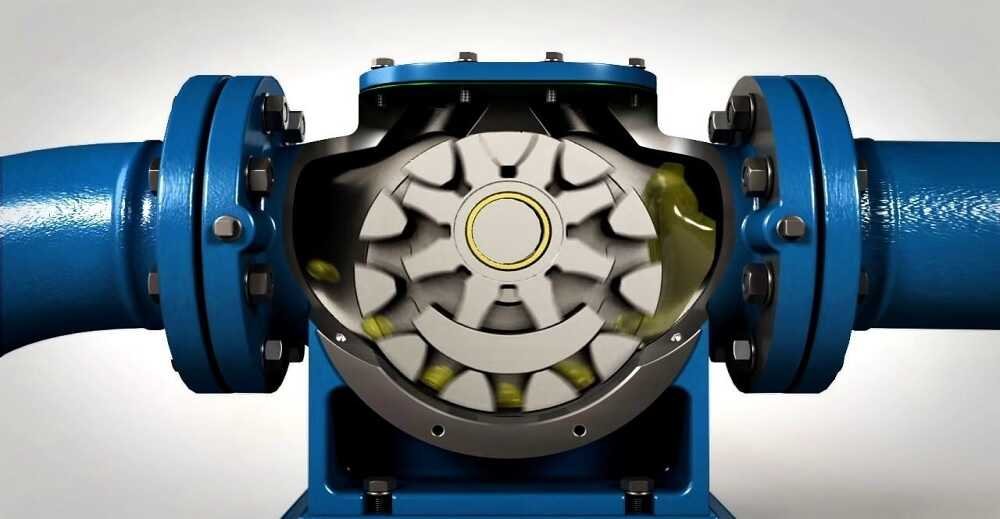
Centripetal Force
Motion
In physics, motion is the change of position of the object with respect to time. Mathematically motion is explained in terms of distance, displacement, speed, velocity etc. Motion is of different types: Linear motion, rotational motion, oscillatory motion.
In a linear motion, objects move in a straight line path or a curved path. Rotational motion is when the object rotates about its axis. The motion of the object about the mean position is called oscillation.
Rotational Motion
We come across many rotational motions in our everyday life. Rotational motion is the motion that occurs when the body is rotating about its own axis. The rotational motion is more complicated than linear motion. The motion of the earth about its own axis is an example of rotational motion. In a rotational motion at any given instant of time, different parts of the body being at a different distance from the axis of rotation have different velocities and acceleration. The analysis can be simplified by assuming that the object is rigid. The rigid body is one in which the size and shape of the body are not altered by the external force. In other words, the distance between all pairs of particles in the body remains constant. The rotation of a rigid body about a given axis is called pure rotational motion. Many of the equations of the rotational motion are similar to the linear motion.
Angular Displacement
The angular displacement is given as the angle between the radius vector at the beginning and at the end of the given time interval. The SI unit of angular displacement is radians.
Angular Velocity
The angular velocity is the ratio of angular displacement to the time interval. The SI unit of angular velocity is radians per second.
Angular Acceleration
The angular acceleration is the ratio of the change in velocity by the time elapsed. The SI unit of angular acceleration is radians/second2.
Circular Motion
The movement of the object along the circumference of the circle is called circular motion. The circular motion can be uniform or non-uniform.
What is a Centripetal Force?
An object going in a circular motion will experience an acceleration. According to Newton’s second law of motion, an object that experiences an acceleration will experience a force. The direction of the force is in the direction of acceleration. So, for the object moving in a circular path there must be a force acting inwards that causes the inward acceleration of the object. This inward force is called a centripetal force. So, What is a centripetal force? The force that is required to keep the body go in a circular path is called centripetal force. This force is directed inwards towards the centre of rotation. Centripetal force is an actual force. In simple words, while twirling a mass on a string, the string exerts a centripetal force on the mass.
The Formula for Centripetal Force is Given As
- F= mv2/r
- F is the centripetal force
- m is the mass of the object
- v is the velocity of the object
- r is the radius of the object
An example of centripetal force is a car going around a level curve. As the car makes the turn, the frictional force acting on the car wheels provides the centripetal force required for the circular motion.







